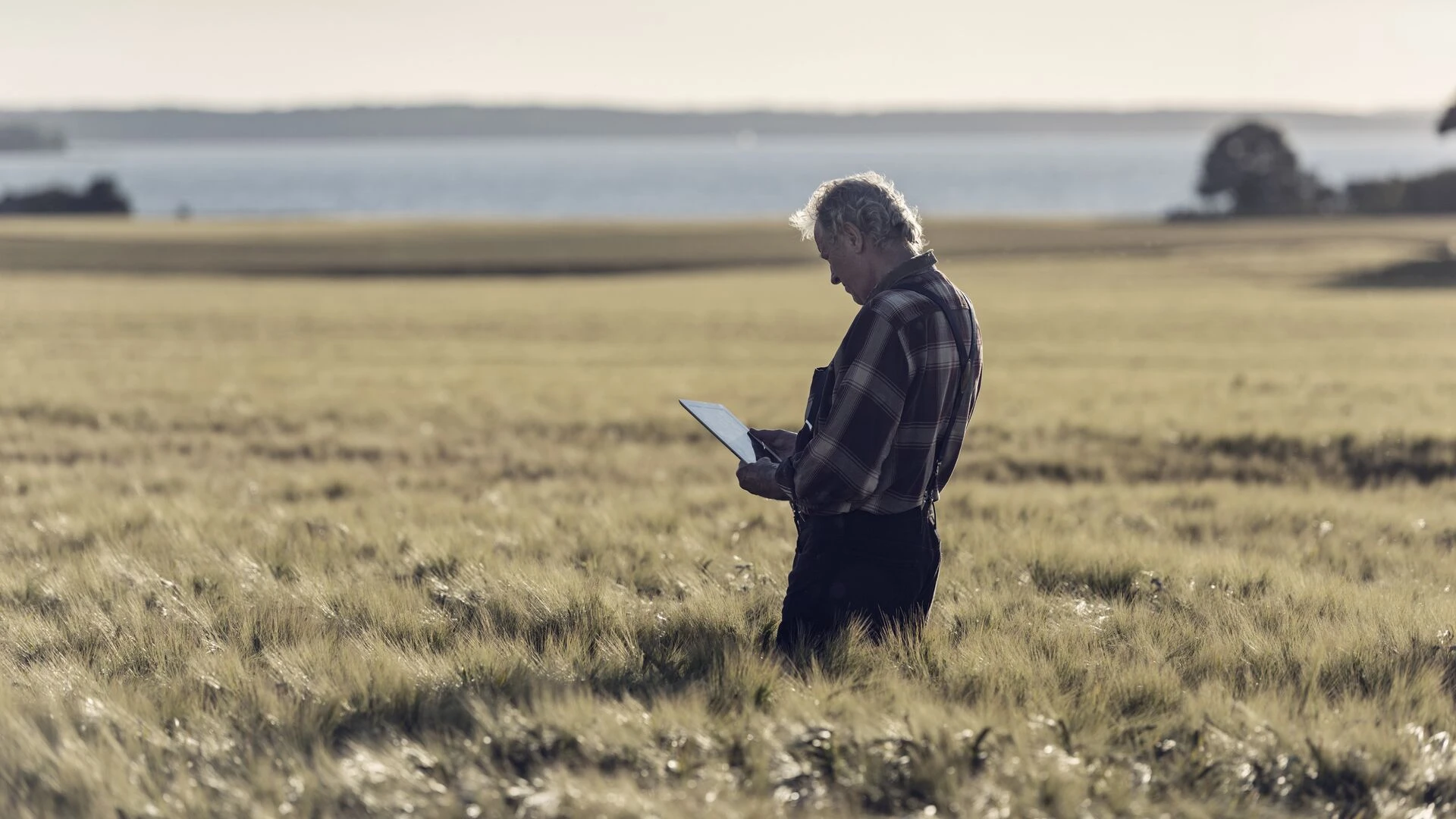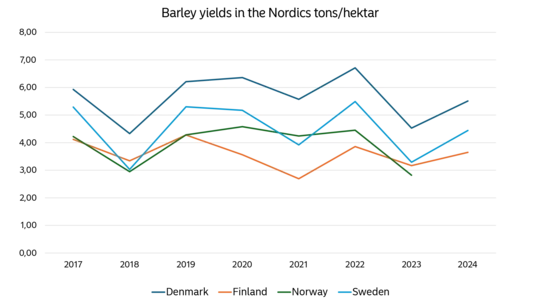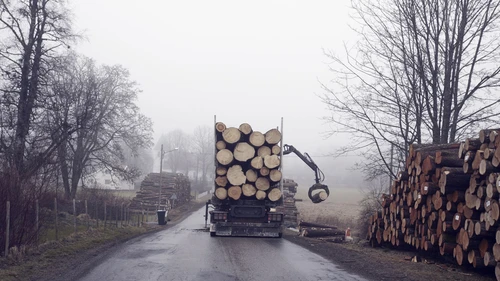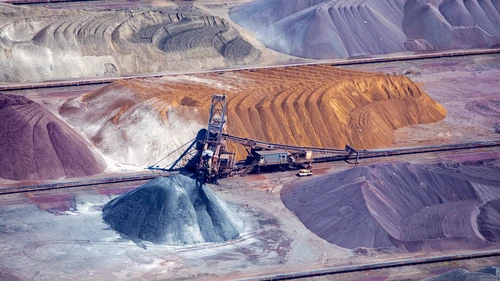Emerging technologies in sustainable agriculture
Biochar:
Biochar is a form of black carbon produced from biomass sources, such as wood chips, plant residues, manure or other agricultural waste. Biochar can be used to store CO2 in the soil and may enhance soil quality. (See “Knowledge Synthesis on Biochar in Danish Agriculture” from the Danish Centre for Food and Agriculture.)
Precision fermentation:
This technology uses microbial hosts to produce specific food products without traditional animal agriculture. Examples of precision fermentation products include cow-free dairy (milk, ice cream and yoghurt); egg proteins made without chickens; lactoferrin for infant formula; and animal-free gelatins.









